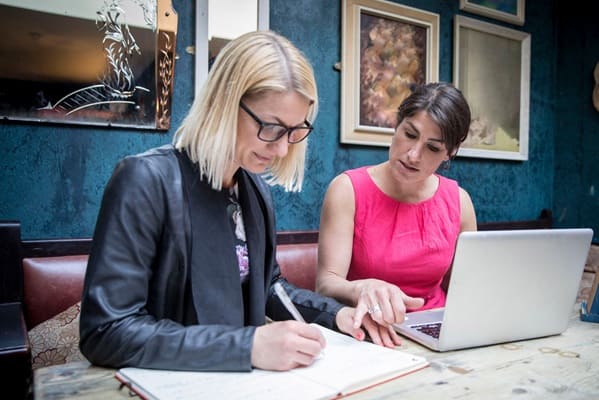New research from one of the leading health and wellbeing providers Westfield Health has revealed that women in the UK are 13% more likely to experience burnout than men, with significant implications for both individuals and the organisations that employ them.
The study, based on a survey of 2,001 economically active adults, found that 36.4% of women report frequent burnout, compared to just 25.4% of men.
The reasons for burnout differed significantly by gender: men were more likely to attribute it to long working hours, while women more often cited poor work-life balance and external pressures.
As a result, women take more time off work due to mental health-related issues, with an average of 6.33 sick days per year compared to 4.96 for men. This increase in absenteeism, combined with an 11% greater decline in productivity among women affected by burnout, is estimated to cost UK businesses £7.5 billion annually.
Vicky Walker, Chief People Officer at Westfield Health, said, “This isn’t just about burnout – it reflects the structural pressures women face at work. From limited flexibility to the ongoing demands outside the office, many women are constantly juggling competing responsibilities.
“The cost is both personal and professional. Burnout affects productivity, stalls career progression and reinforces inequality. Unless we rethink how we support women, we risk creating a cycle where wellbeing and earning potential are both compromised.”
The research also highlights the gap between existing workplace wellbeing strategies and the real challenges facing female employees. Many organisations continue to rely on generic, one-size-fits-all benefits that fail to address the root causes of burnout.
Experts argue that businesses need to move towards a more consultative and tailored approach, informed by regular employee feedback and data, to create support systems that truly work for everyone.
Caroline Hughes, CEO at Conscious Leadership Development, shared her personal experience of burnout after working in a senior role at a Fortune 500 company.
“I had an inner narrative of ‘I won’t let anyone down’, which kept me pushing through. I equated resilience with endurance, unaware that I was depleting myself.
“Burnout wasn’t an abrupt collapse; it built up over time. I convinced myself exhaustion was normal until my body gave out. I was admitted to the hospital, initially treated for a stroke. My wake-up call was when the cardiologist was wondering how I was still standing. It took me 18 months to recover from the experience.”
She continued, “Leadership norms remain male-centric, favouring traits like dominance and assertiveness. Women often navigate a double bind – expected to be both strong and nurturing, decisive yet approachable. There is an unseen workload of emotional labour such as mentoring, culture-building, team wellbeing and not to mention responsibilities at home. My burnout stemmed from the tension between proving leadership in traditional ways and leading authentically.
“Burnout isn’t solved by changing women – it’s about redefining leadership to value diverse styles and sustainable ways of working.”
According to Walker, employers must move beyond surface-level wellbeing initiatives if they want to make a meaningful impact.
“Offering tailored benefits like private healthcare, health check-ups and flexible working hours can help foster a healthier, more engaged female workforce,” she said. “But without actively listening to employees, customising support, and clearly communicating available resources, even the best-intentioned strategies will fall short.”

